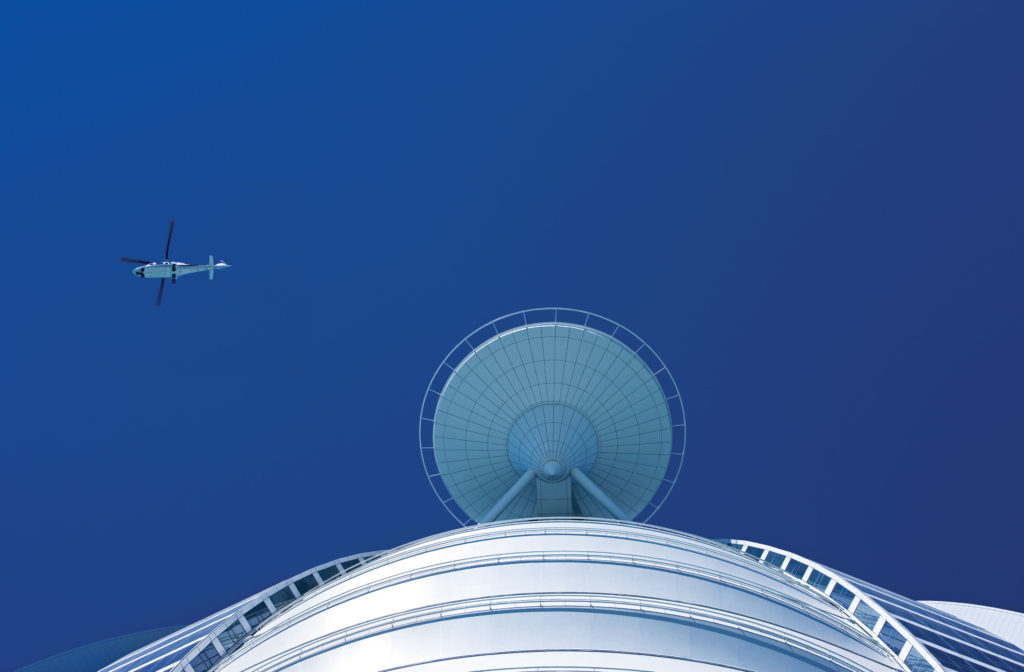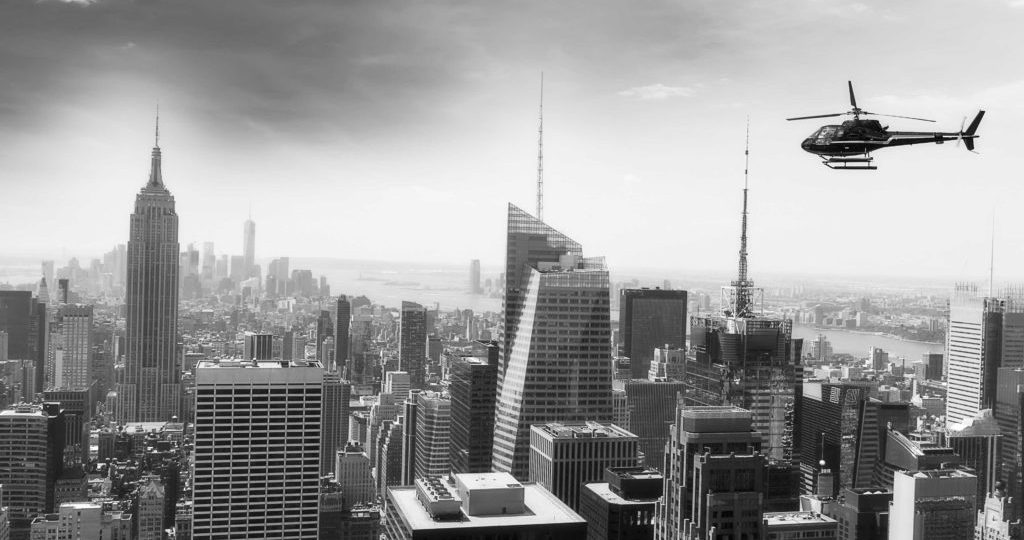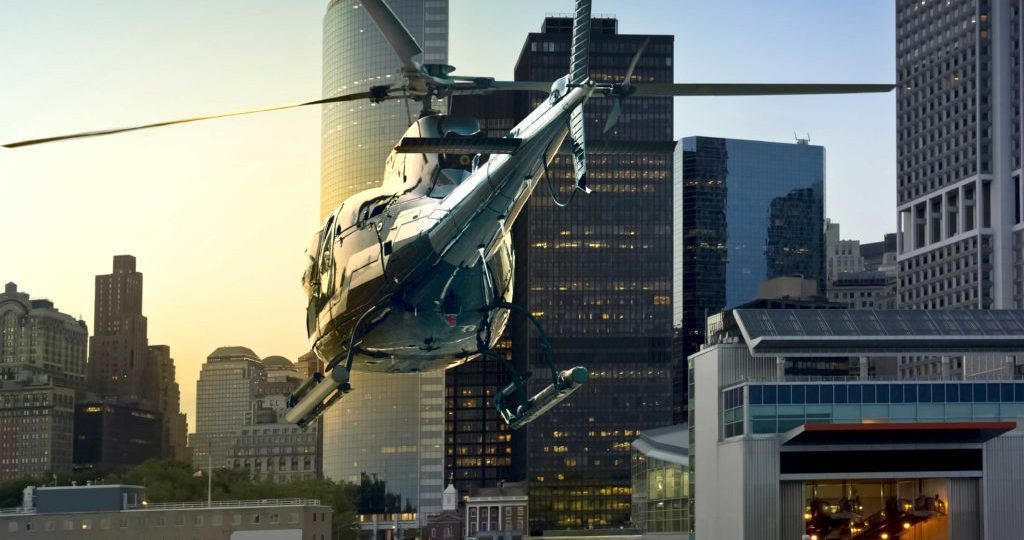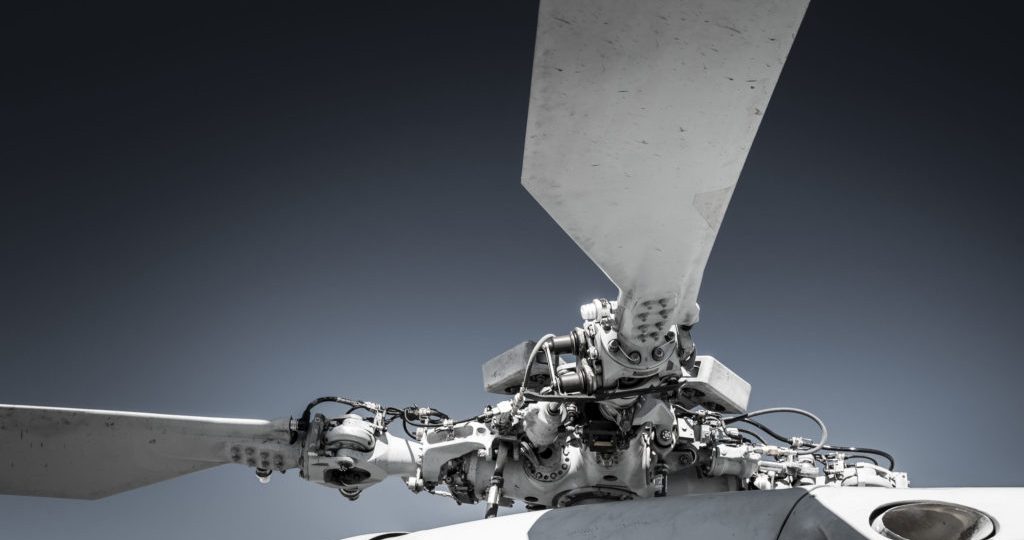An Interview with Karim Hijazi from Air Synapsis

When did it start, and what stage is it now at?
We started developing a design strategy with our client during the summer of 2016 and subsequently developed the complete design. It then received its GCAA design approval in early 2017 and we are now in the middle of the construction phase. The heliport will be one of the last parts of the project to be completed, with the supporting car park needing to be completed first. However, the assembly is a relatively quick process, as the heliport will be mostly constructed from pre-assembled elements.
Following its installation and commission, we’ll go through its preparation for operational readiness, which will include full training of all the staff operating the heliport to ensure safe operations. The heliport will then be inspected by the Dubai Civil Aviation Authority and the UAE General Civil Aviation Authority to obtain its final certification prior to start of operations.
How is it different and what is important about these differences?
This heliport will be different in many ways: it will be one of the first elevated heliports in UAE to have been fully designed according to the new GCAA design standards. It will be capable of hosting commercial operations and will become a strategic facility given its location and seamless connection to ground transport – an elevator will directly connect the heliport to pick up/drop off lanes.
The heliport will also be one of the first elevated heliports to be fitted with a new touchdown lighting system, enhancing the safety of night operations. It is very important to look forward and develop design and operational strategies based on new technologies.
You mention the new GCAA design standards. What do the regulations cover and why are they necessary?
The new regulations were introduced in 2015 and required all new projects to comply with specific design/operational standards, while existing heliports had until January 2018 to achieve full compliance.
These standards have been adapted from publications from the International Civil Aviation Organisation (ICAO) and will enable the GCAA to enforce its oversight on such facilities. Previously, most heliports in the UAE were not monitored due to the lack of regulations, which meant that most landing sites were unreliable.
With these standards, heliport owners are now accountable for the compliance and safe operation of these facilities. They have to ensure that facilities are properly maintained, staffed and monitored to ensure safety. This is a very important step as helicopter operators need to ensure that they operate to/from safe heliports.
The regulations are also acting as a catalyst for the rotary market, enabling helicopter operators to use an increasing number of facilities, which provides a strong opportunity to boost helicopter services in the UAE.
How many helipads are affected?
The exact number of helicopter landing facilities in UAE remains unknown. We estimate such number to be around 800 facilities, divided in the following categories:
- Off-shore helidecks: usually found on oil rigs and other oil and gas facilities. These are ruled by a dedicated set of regulations adapted to these specific types of operations.
- On-shore heliports: mostly ground based and few elevated ones.
- Emergency evacuation facilities: mostly located on top of tall buildings and designed to be used exclusively by emergency services.
From the 1st of January 2018, any facility bearing the ‘H’ marking should be compliant and registered with the GCAA, as this marking is reserved for compliant helicopter landing facilities.
Many tall buildings are equipped with facilities inappropriately using the ‘H’ marking. These facilities are often unsafe and only to be used for emergency evacuations. Owners of such facilities either need to convert these, using specific markings and secured access, or to remove the markings in order to close the unsafe sites.
How many do you believe do not conform to the new regulations?
We estimate that only 25% of UAE heliports have been registered so far, but this number is growing on a daily basis. The majority of non-compliant heliports are those located on towers and meant for emergency evacuations, as well as some rarely used private helipads.
What is being done to ensure they do conform and to help them?
We provide our services in different steps starting from the definition of a design strategy in coordination with all concerned stakeholders. We then deliver a complete design report with precise references to the regulation in order to ensure that all parties involved in the project have a clear reference. We also assist our clients during the procurement and construction phases to ensure legal compliance.
Once the facility is ready we offer customised operational/safety training services using 3D renderings and flight simulation.
I believe you have seen a growing number of new heliport projects in the region.
We have been working on many new heliport projects across the Middle East, most of which are parts of hospitals or medical centres. We have worked on projects located in Jordan, Kuwait, Oman and Saudi Arabia, but also Tanzania.
We estimate the current growth in the sector at around 100 new on-shore heliports per year over the GCC states, covering hospital, government and private facilities.
What do you think is powering this boom in helipad development?
The versatility and reliability of helicopter services associated with growing geographic and infrastructure constraints (congestion, distances) are the key factors driving the demand for more helicopter facilities. The new regulations are also an important contributing factor in the UAE, since the increasing number of approved facilities will enable operators to offer more comprehensive services such as point-to-point transfers. We can certainly imagine that a model similar to the one existing between Nice and Monaco could be replicated in Dubai to/from Al Maktoum Airport.
The recent announcements introducing new projects of helicopter operations in the Sultanate of Oman are precisely reflecting the regional helicopter trends, opening up the market to the private sector.
What else is happening in the helicopter sector at the moment?
While the launch of new types of autonomous electrical vehicles has become a popular topic, the helicopter sector remains very active as illustrated during the recent Heli Expo held in Las Vegas. Substantial orders have been placed with the main helicopter manufacturers confirming the solidity of the sector. The recent joint venture between Airbus Helicopter and Voom to develop on-demand urban air mobility is also showing that the helicopter sector can adapt to the new trends in business models.




